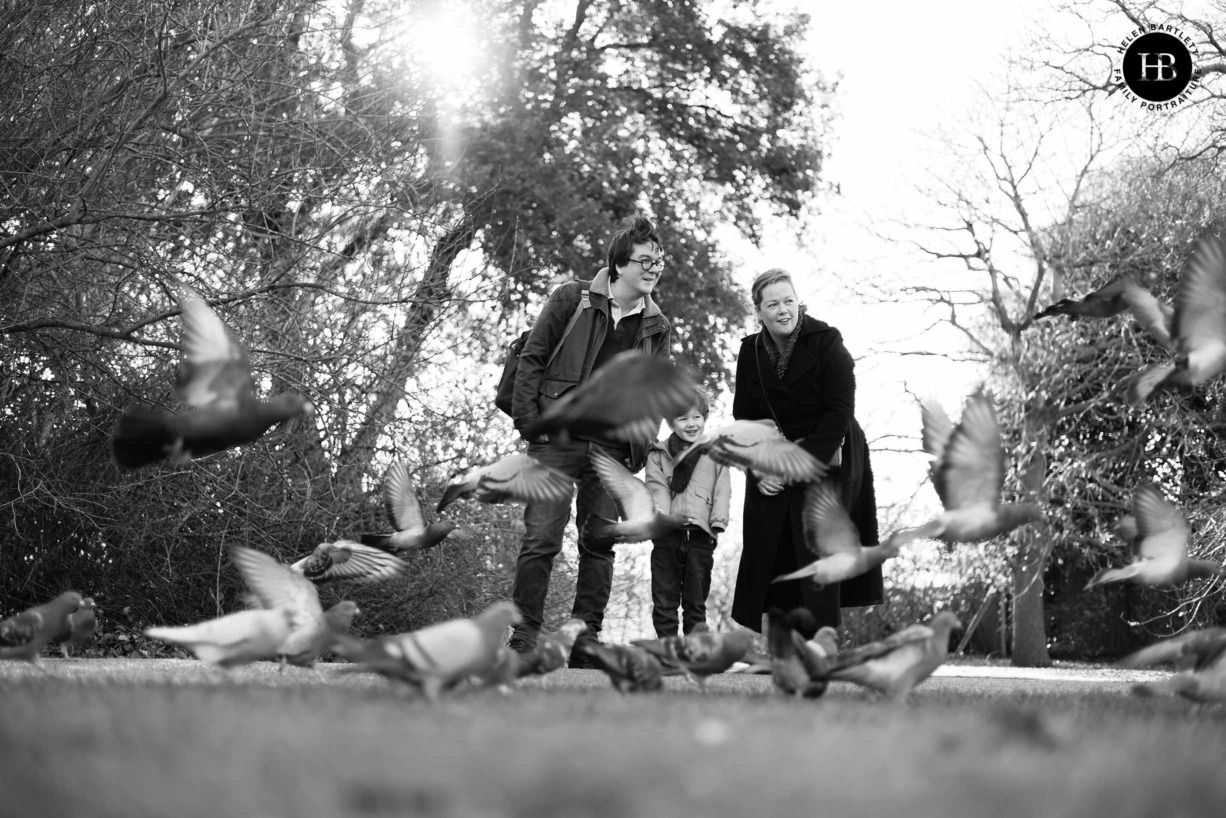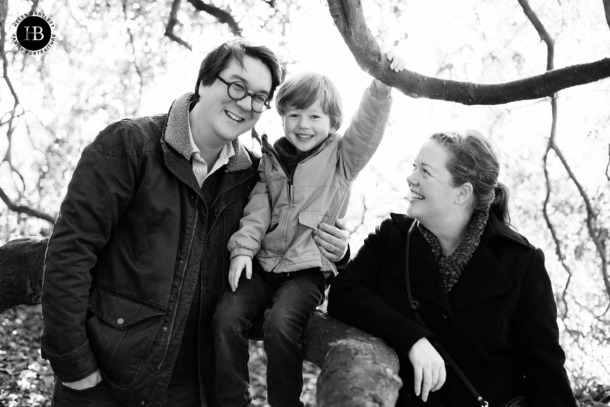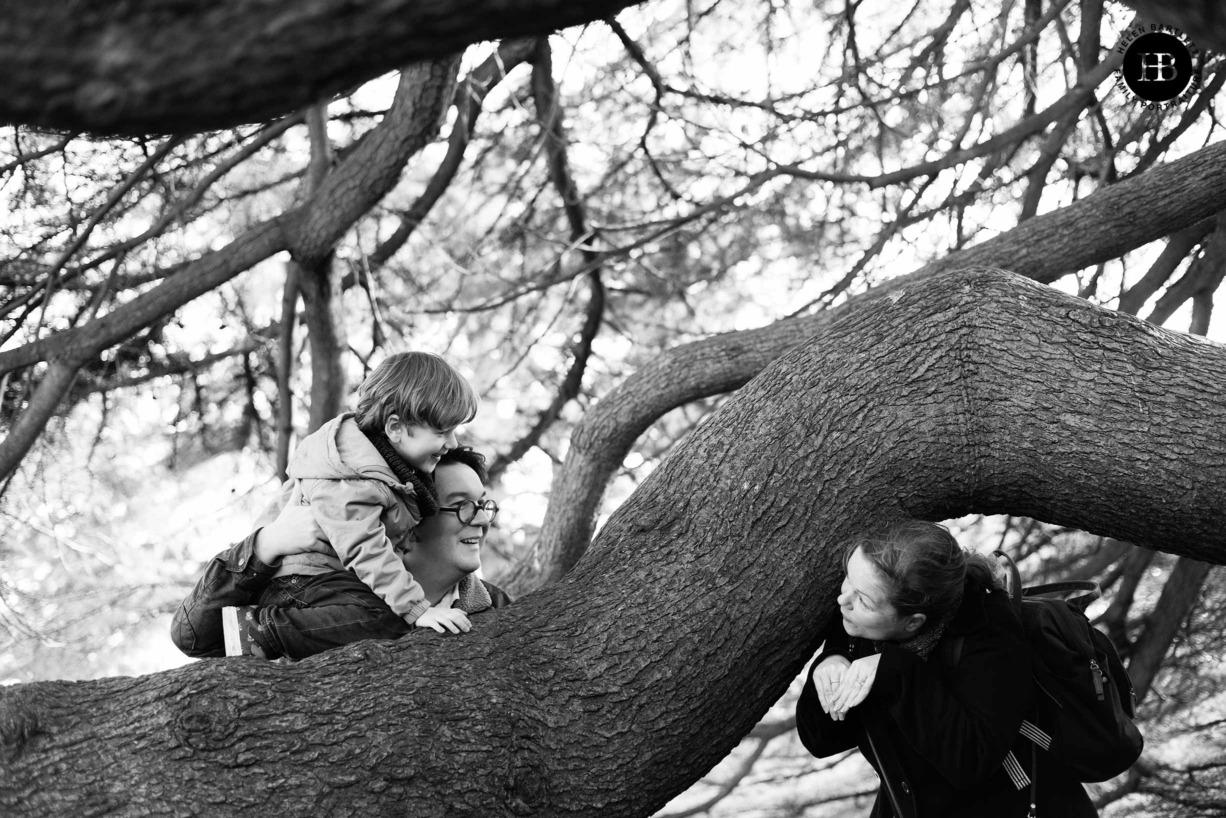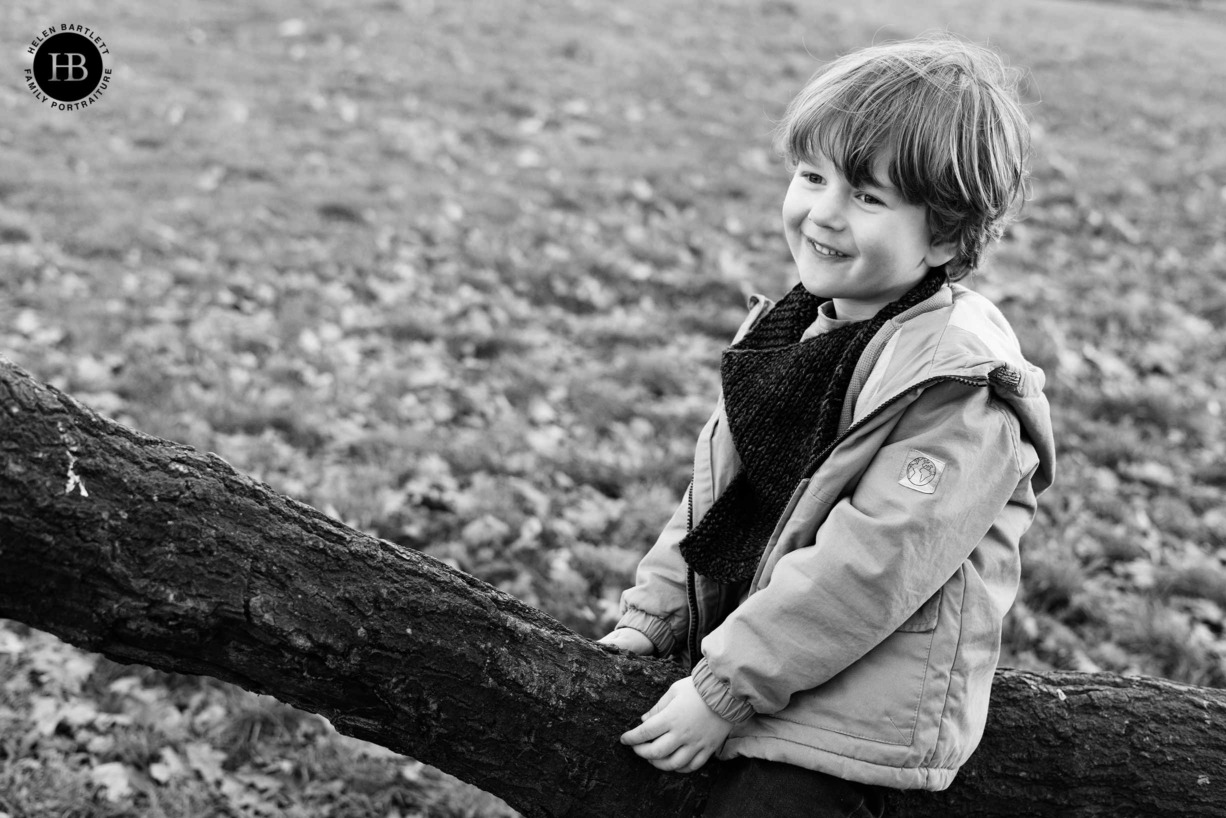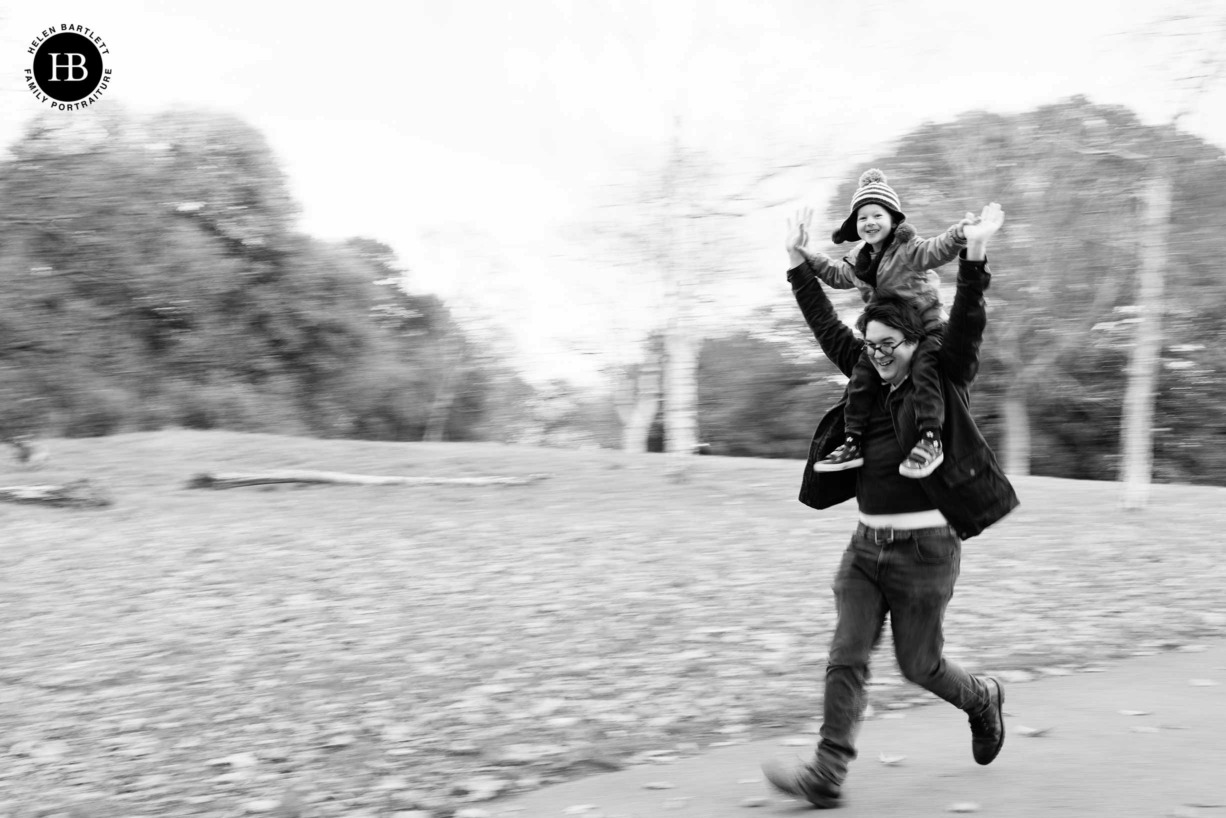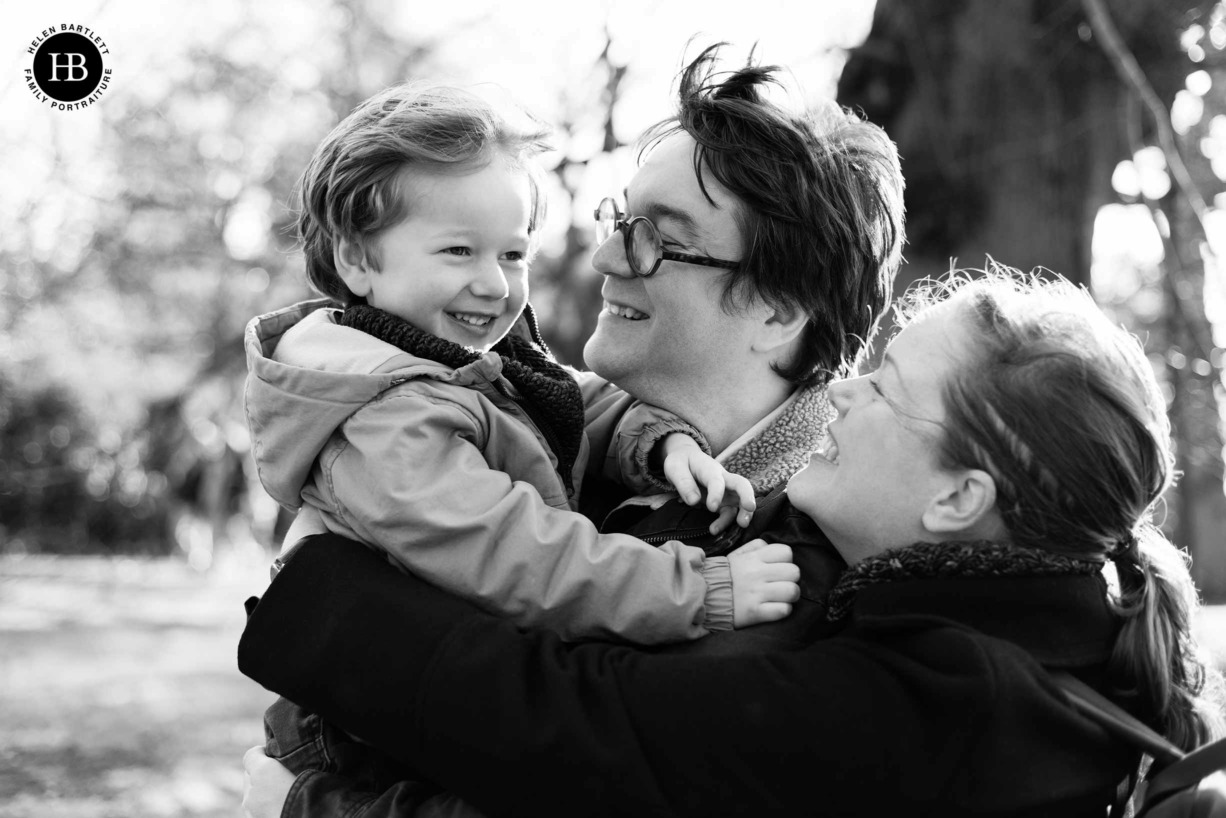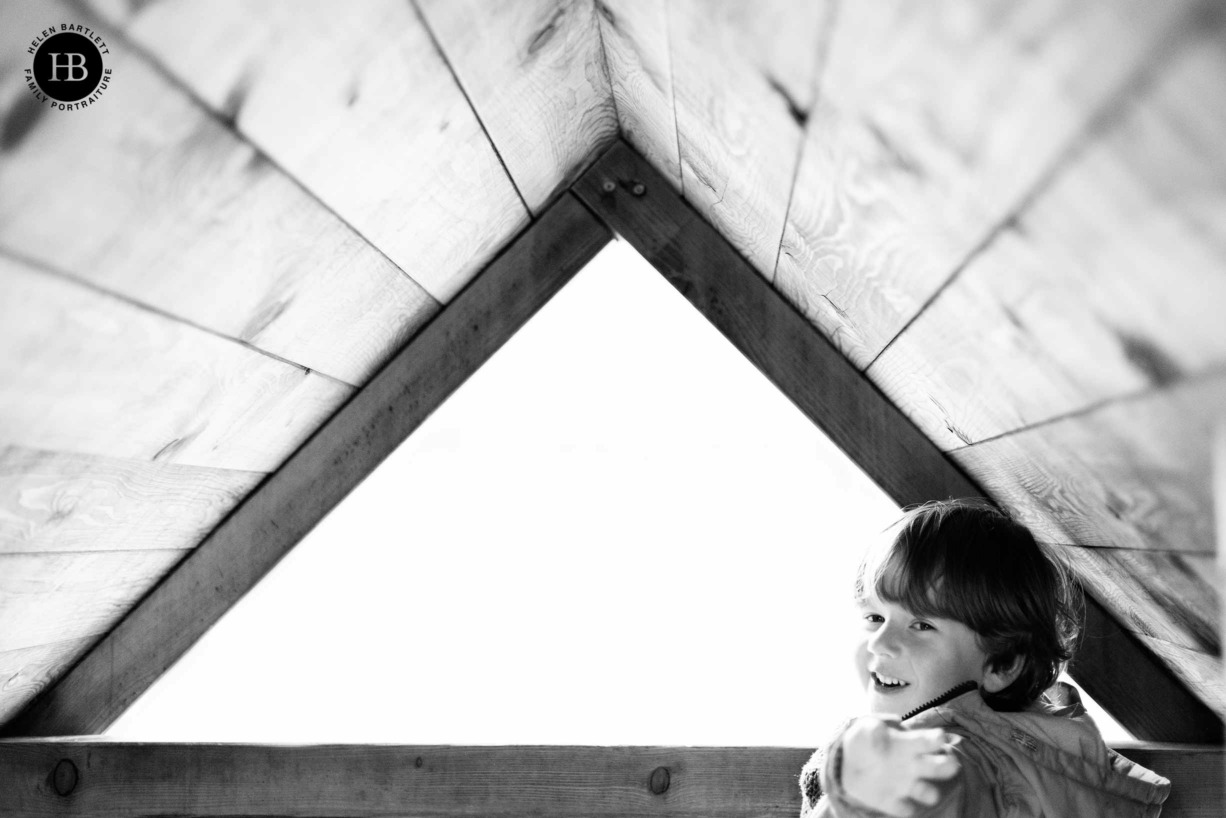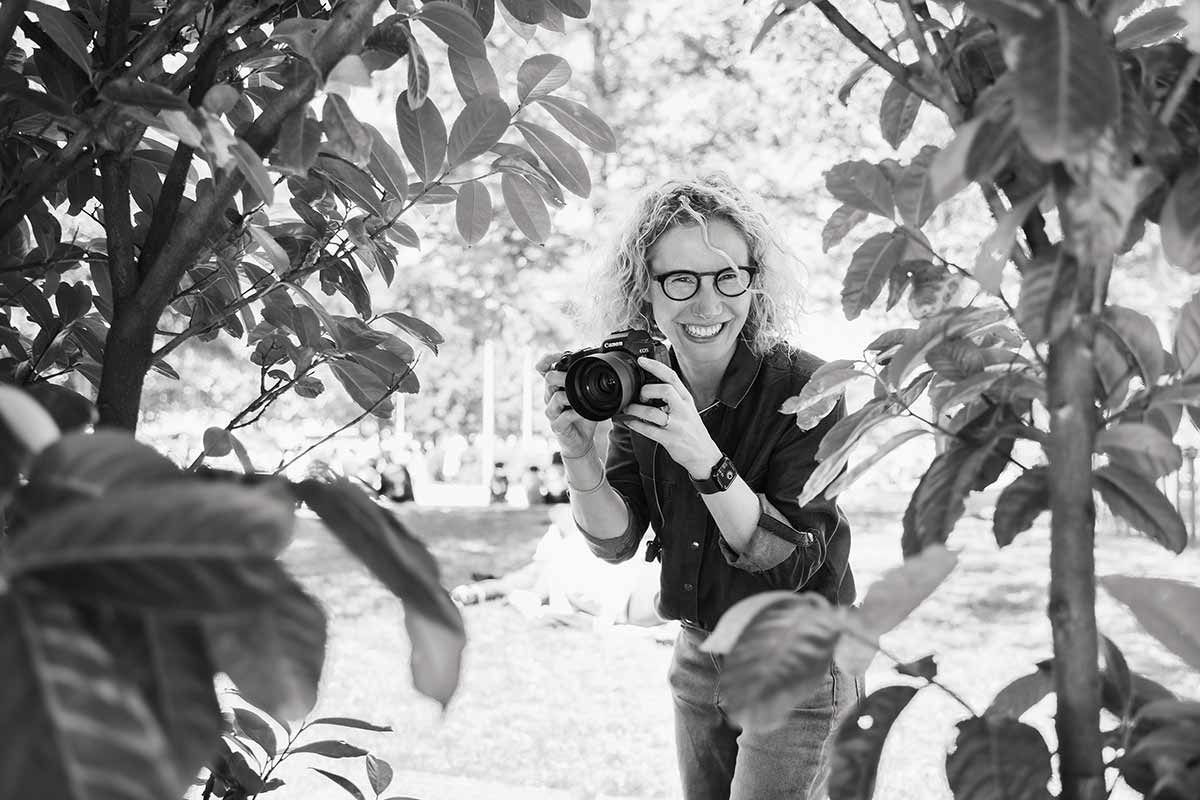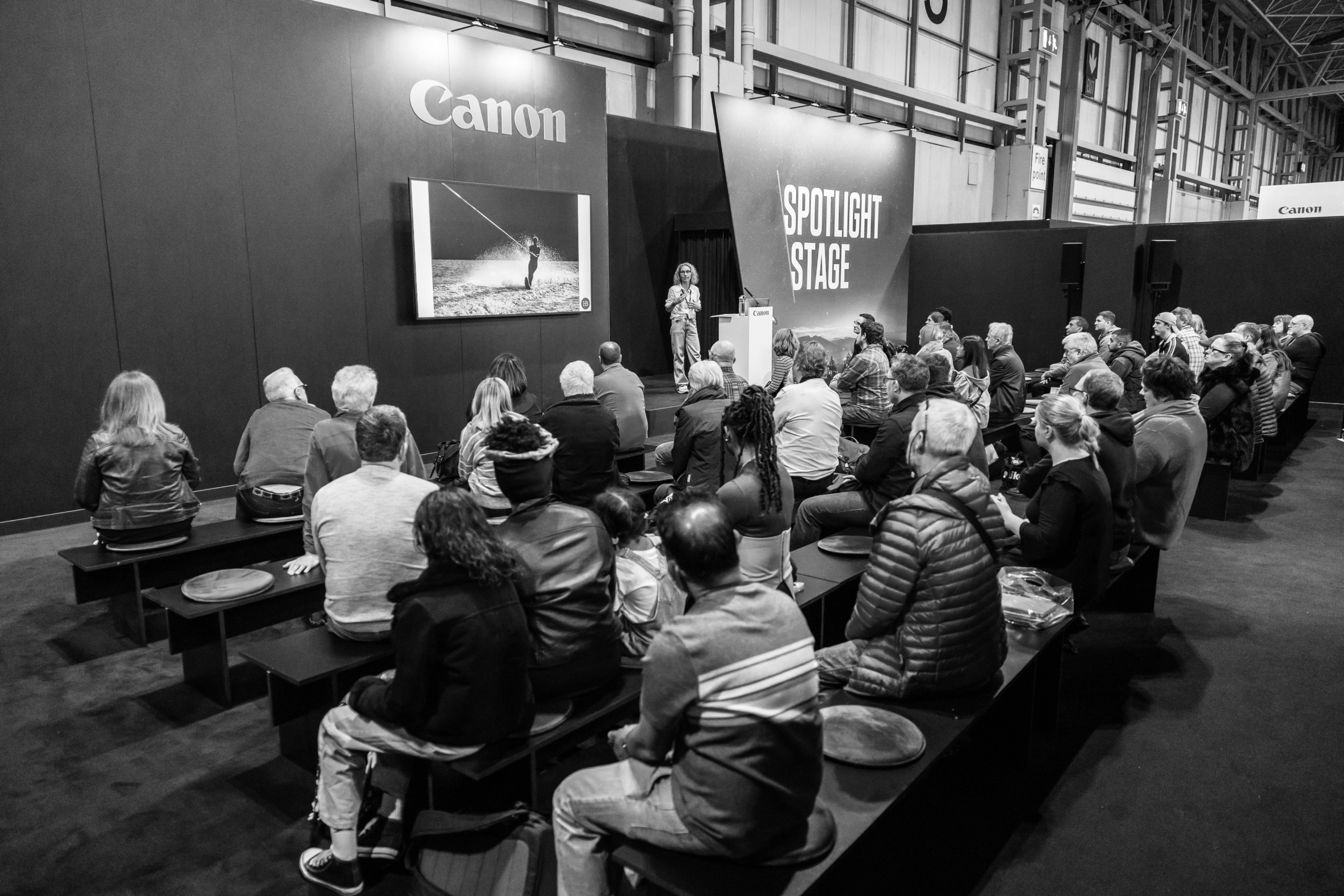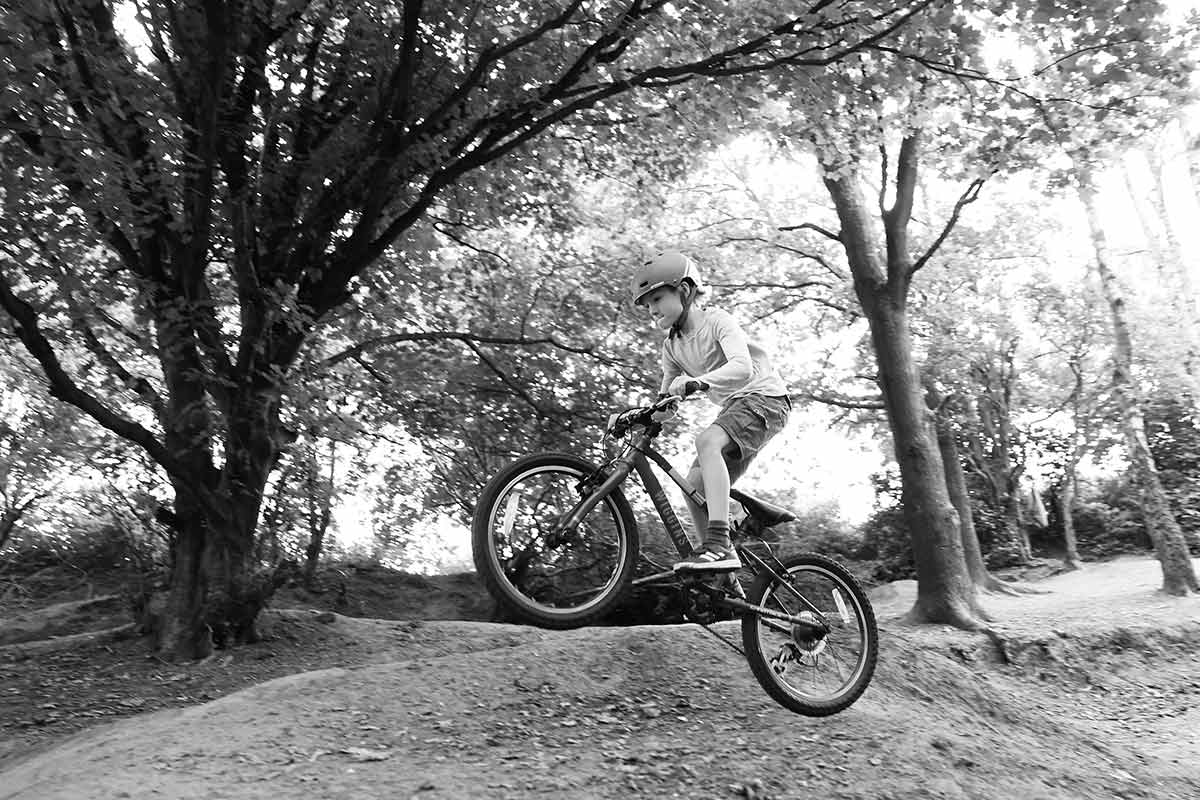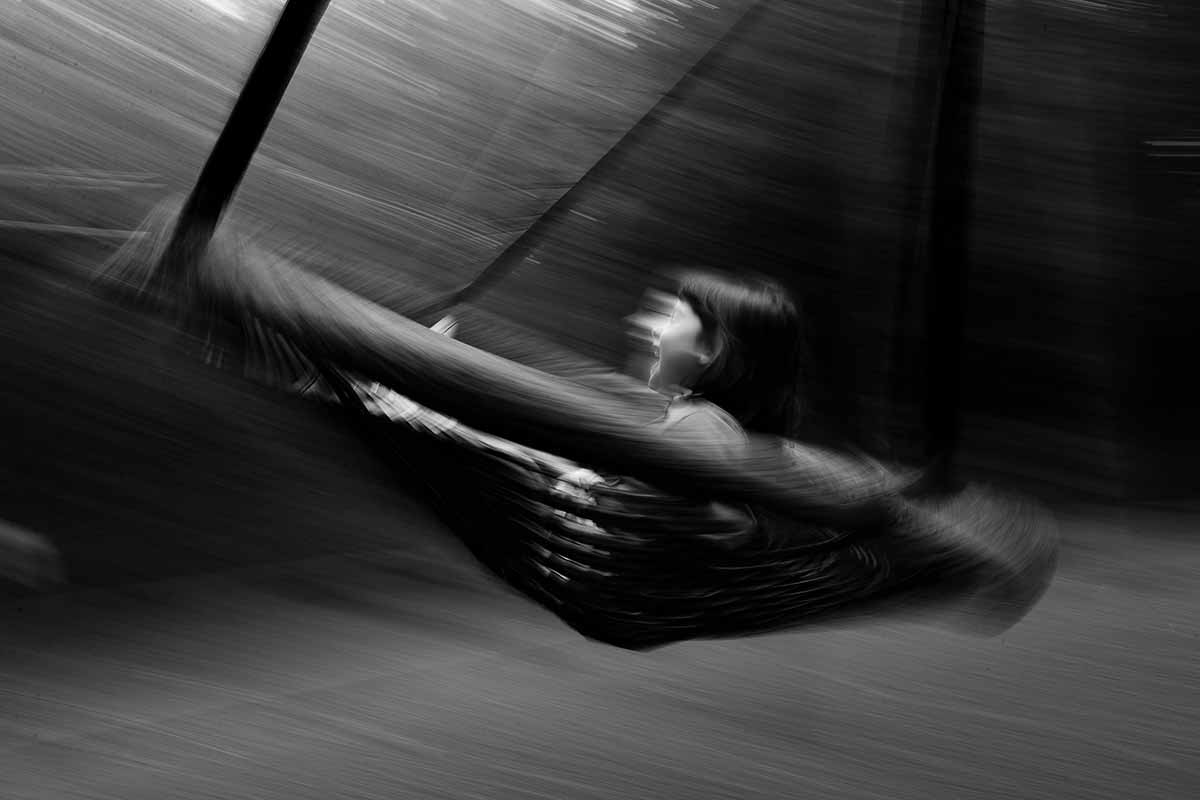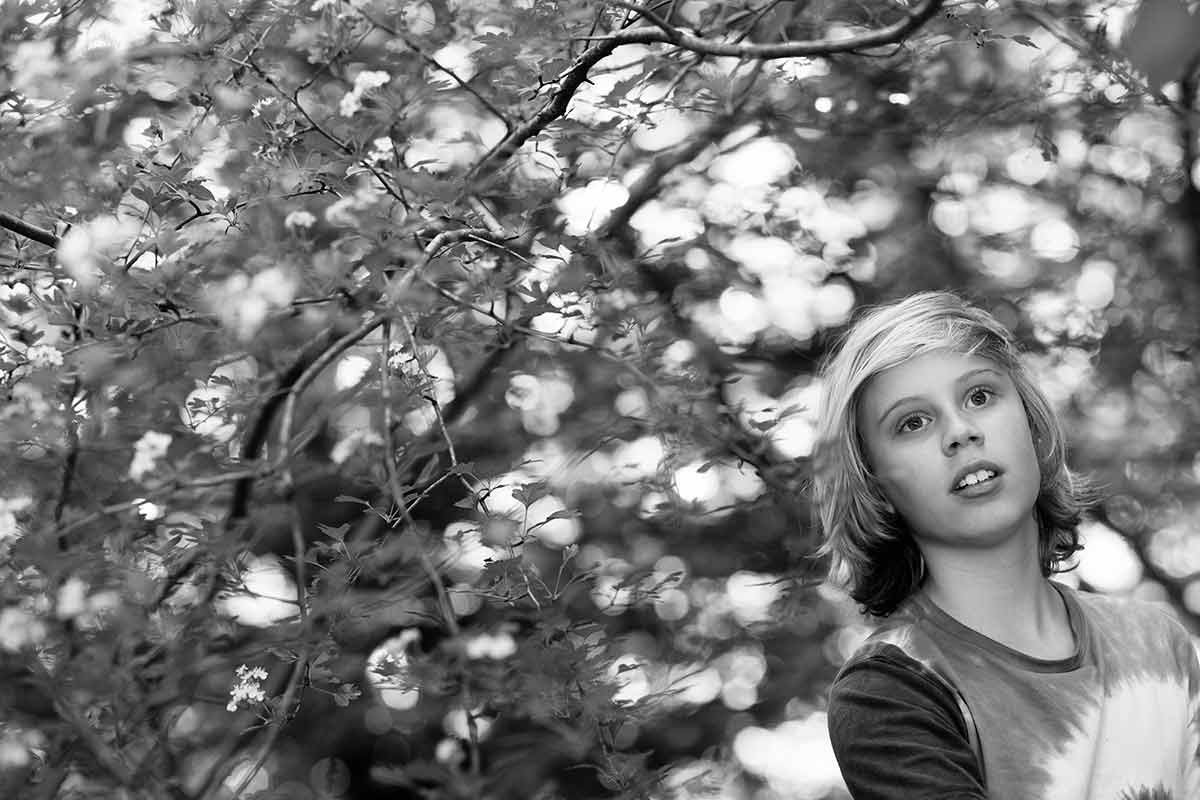The Canon RF 50mm f1.8 STM Lens for Family Photography
Using the Canon RF 50mm f1.8 STM for Family Portraits
Today I want to talk about the Canon RF 50mm f1.8 STM, which is a wonderful little lens and a perfect addition to the kitbag of everyone who shoots with Canon’s R system, professional or amateur alike.
As a Canon Ambassador, I’m lucky to be able to try a lot of different equipment but there are some lenses I return to again and again. As regular readers know, I prefer to shoot with prime lenses rather than zooms, and I have always been a big fan of the 50mm focal length. Over the years I’ve had them all – for my DSLRs the EF 50mm f1.8 STM, the EF 50mm f1.4 USM, and the EF 50mm f1.2L USM. Now I’m shooting entirely on the R system, my favourite lens in the world is the RF 50mm f1.2L USM but I also have (and love!) the RF 50 mm f1.8 STM. I admit that having two 50mm lenses might seem greedy, but I use them for different things, and I like to use the lenses that I recommend to people. Of all the lenses I own, the RF 50mm f1.8 is the one I recommend most to photographers who are shooting with Canon’s R system (for those photographers still shooting with Canon DSLRS then the EF 50mm f1.8 STM is a great place to start)
So, what’s so great about the 50mm focal length?
50mm lenses are incredibly versatile. The angle of view is close to our normal field of vision and so they feel comfortable to the eye. You can step back for a wide view but also come in closer and shoot a portrait without noticeable distortion. I can easily, and often do, shoot an entire family session on a 50mm lens and it would certainly be my desert island focal length.
When you are learning photography, shooting with a prime (i.e. fixed focal length) lens such as the RF 50mm f1.8 STM really helps with the learning process. Cheaper zoom lenses often have variable apertures and so, as you zoom your lens, the aperture changes which can be confusing. With a prime lens, you set the aperture and zoom with your feet and so get to know the difference between the different apertures faster. A picture shot at f1.8 will have a very shallow depth of field, one shot at f16 will have a wider depth of field – a greater level of sharpness from front to back. You can use different apertures for different effects in your pictures and getting to know how they work will hugely improve your photography, this makes the 50mm lens a brilliant lens to learn on.
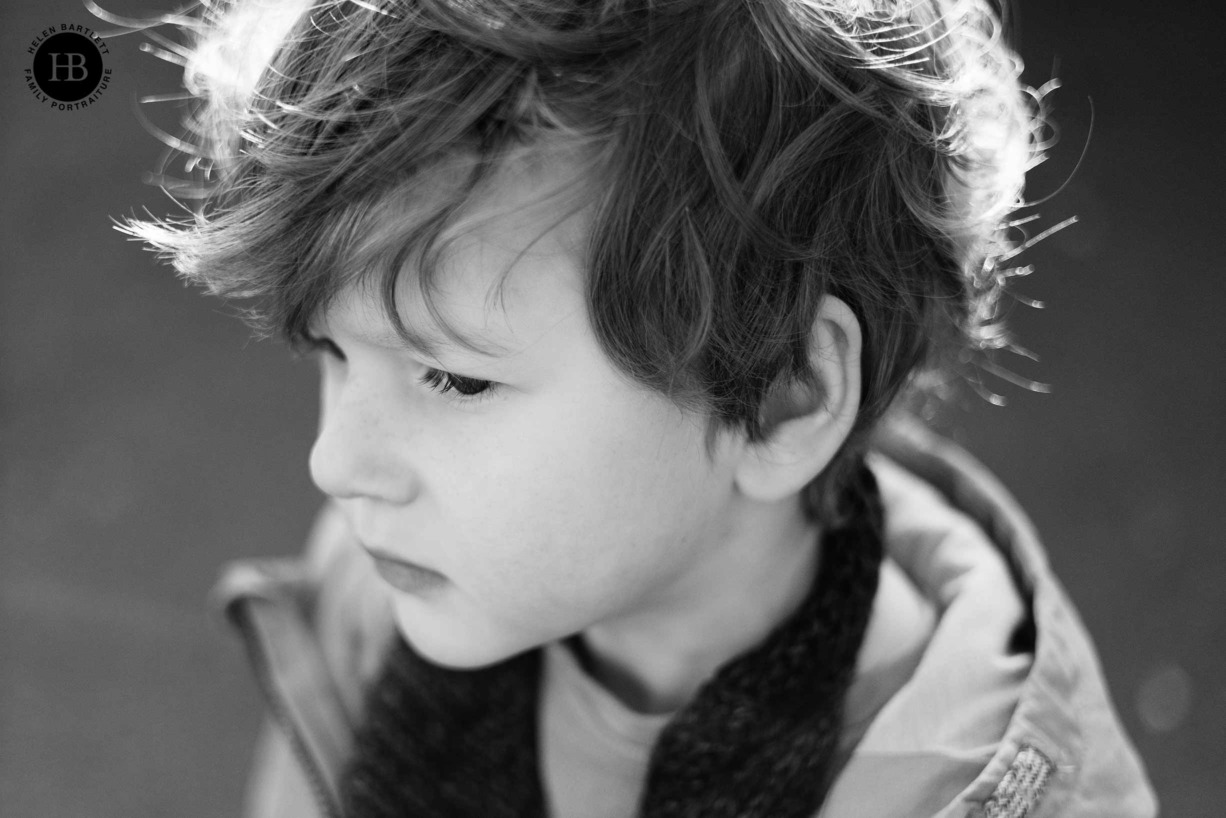
We can see every eyelash on this image shot with the Canon RF 50mm f1.8 STM lens. The shallow depth of field created by shooting at f.18 gives a beautiful feel to the image.
Fast lenses and low light
One of the other big advantages of prime lenses like the RF 50mm f1.8 STM is that because you can shoot with a wide aperture (which lets in more light) you can take pictures using only available light when the light levels are low. This gives you the option to shoot indoors without flash, which can open up new and exciting photographic possibilities whether you are photographing your children running around and jumping on the bed when they are meant to be settling down for the night, or your friends in the pub garden lit only by fairy lights. I think having this flexibility is another reason why getting a fast lens is a good thing to do when you are learning photography because more opportunities equals more fun and better pictures.
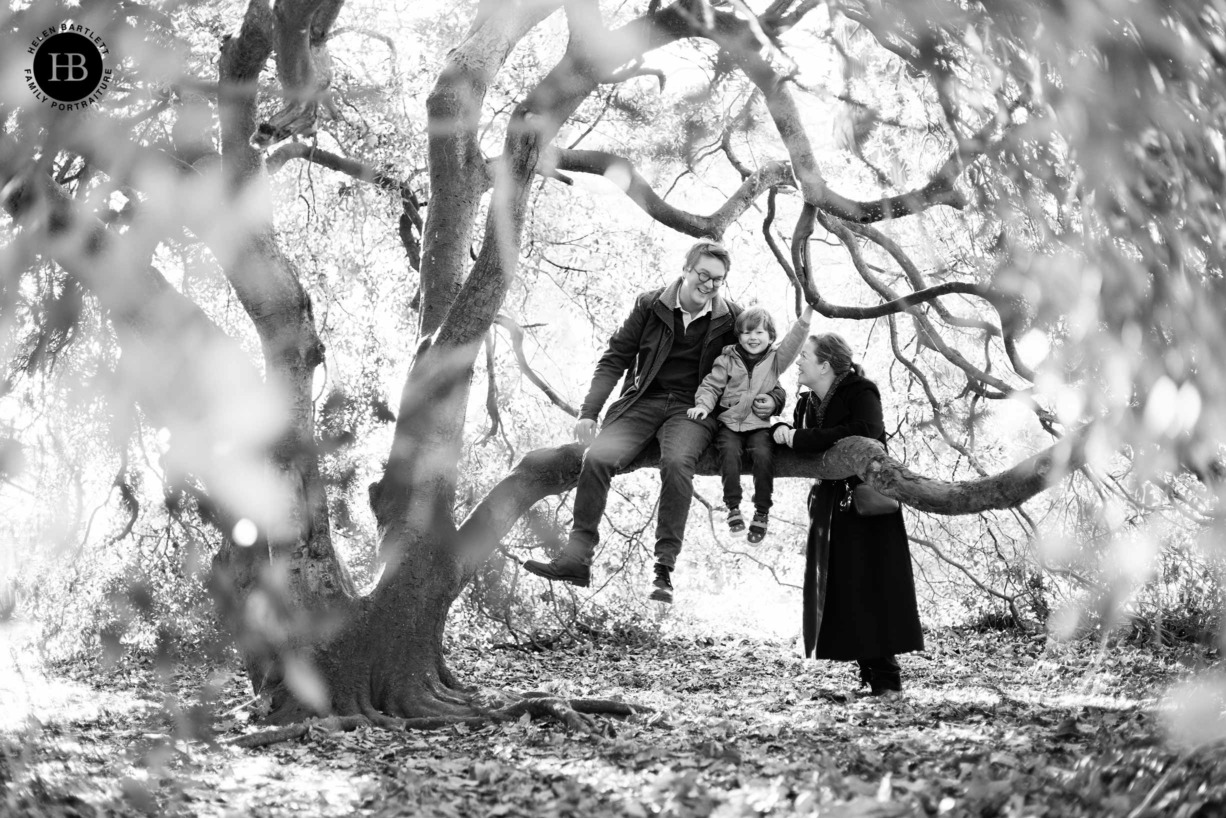
Fast primes are great for shooting when light is lower such as under the canopy of a tree.
Why the RF 50mm f1.8 STM?
So why the RF 50mm f1.8 STM? the biggest draw to this lens is the price. It’s an incredibly inexpensive lens, especially for its incredible quality. The RF 50 f1.8 STM comes in at £219 whereas it’s big brother the RF 50mm f1.2L USM is £2,589. That’s a big difference! Is the RF 50mm f1.2L USM better? Of course it is, it’s a truly phenomenal lens and worth every penny. Is it a practical lens to recommend to those who are just starting out on their photography journey or who have a limited budget? Of course not, the f1.8 version at £219 makes much more sense.
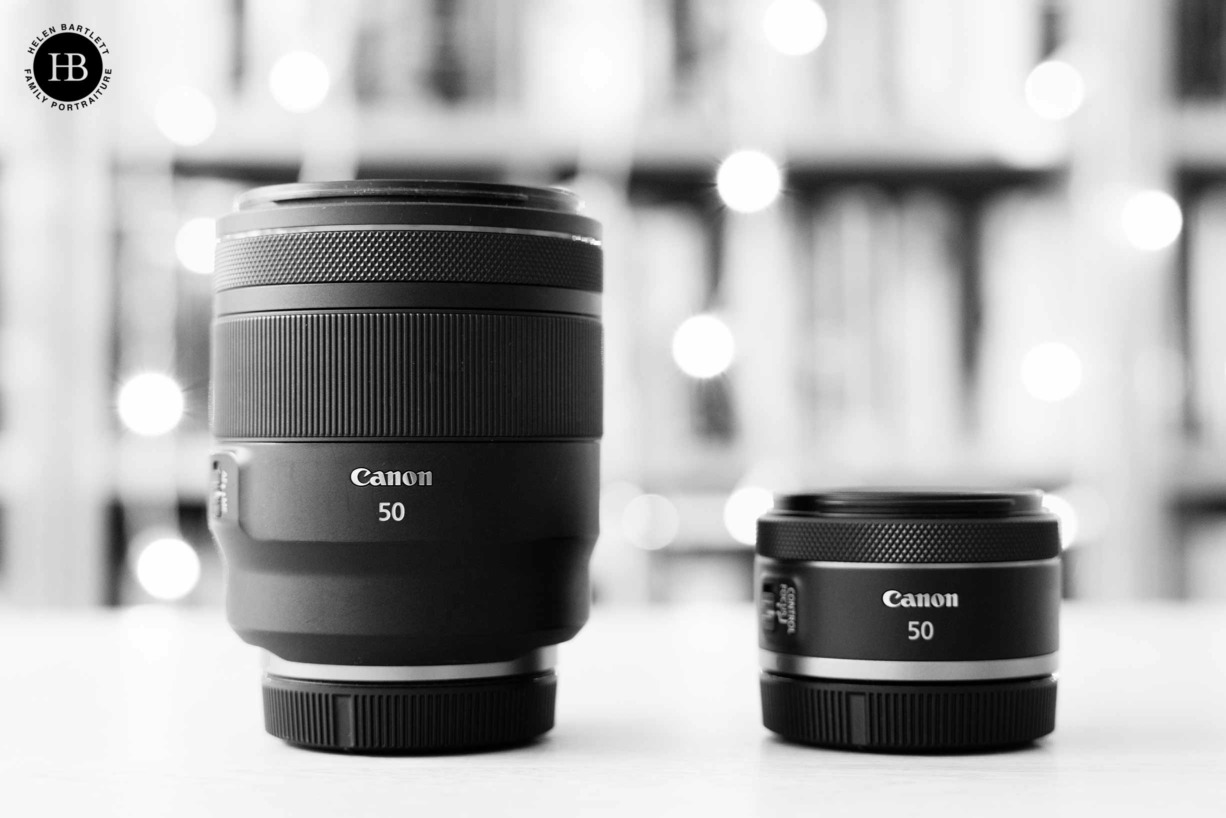
Side by side the Canon RF 50mm f1.2L USM and the Canon RF 50mm f1.8 STM.
What is the RF 50 f1.8 like to shoot with?
The RF 50mm f1.8 STM is a very small and light lens – it weighs just 160g compared to 950g for the 50mm f1.2 and it’s tiny in comparison. This makes it lovely to shoot with, small and light and very inconspicuous, it would be perfect for a street photographer or someone who wants to blend in with the crowd.
It focuses fast and the quality and sharpness of the lens is incredible at this price point – we can easily count each eyelash here. The RF 50mm f1.8 STM also focuses very close at 0.30m compared with 0.40m for the RF 50mm f1.2L USM
The RF 50mm f1.8 focuses fast and accurately particularly when paired with face detection. We swung this little boy forwards and backwards on the play truck and the lens, in conjunction with the Canon EOS R5, was tack sharp every time.
I was pleasantly surprised how well the RF 50mm f1.8 STM coped with flare on a very bright winter morning as it doesn’t come with a lens hood. Personally, I will be buying a lens hood (the ES-65B) as I don’t use UV filters and so find the lens hoods invaluable for protecting my lenses from bumps and scratches (as well as sticky fingers when photographing children) but I didn’t have one for this shoot and the lens did very well when shooting into the sun. When you do get flare then I think it’s a pretty cool effect with distinct lines and if that’s not to your taste then you can take a step to one side or the other and get rid of it as we can see on the two images below, one with visible flare and one without.
Flexibility of shooting with a 50mm
As you will see from these pictures I’m sharing, it’s possible to take a wide variety of different types of images with the RF 50mm f1.8 STM. Close ups and wide shots, pictures shooting into the light or under the shadow of trees and foliage. It copes well with them all. We didn’t shoot any indoor pictures on this session, but it works brilliantly inside too. It would be a great addition to any family photographer’s kitbag or anyone who wants to take more pictures of their family and friends.
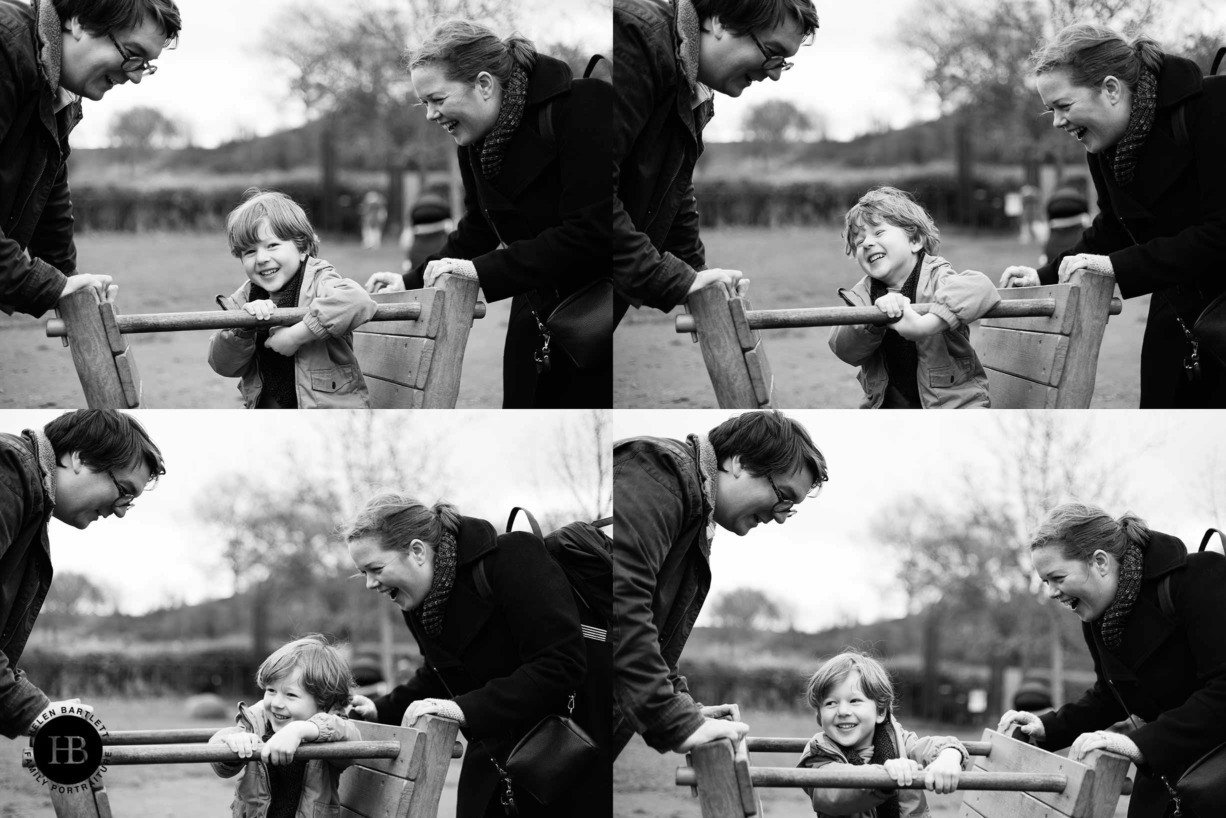
Tipping backwards and forwards on the play equipment – the Canon RF 50mm f1.8 STM with the Canon R5 focused fast and accurately.
In conclusion
As you can see, I love the RF 50mm f1.8 STM lens. I won’t be getting rid of my RF 50mm f1.2L USM, that’s my desert island lens and a superlative piece of equipment. But it is six times the weight and twelve times the price. For photographers who know they love the 50mm focal length and have the money to spend then get the RF 50mm f1.2L USM every time. But for those of you who are just dipping your toes in the water of shooting with prime lenses, who are near the beginning of your photographic journey, or just want to spend less money on gear then the RF 50mm f1.8 STM is a fantastic choice. Sharp, fast, small, and light it’s a joy to use and is my go-to for high days and holidays when I want to carry minimal gear. It’s a lens that won’t let you down and that will deliver incredibly quality for the price, I can’t recommend it highly enough.
To read more about the other Canon lenses that I recommend for family portrait photography then please follow the link to my article on the Best Lenses for Family Photography

